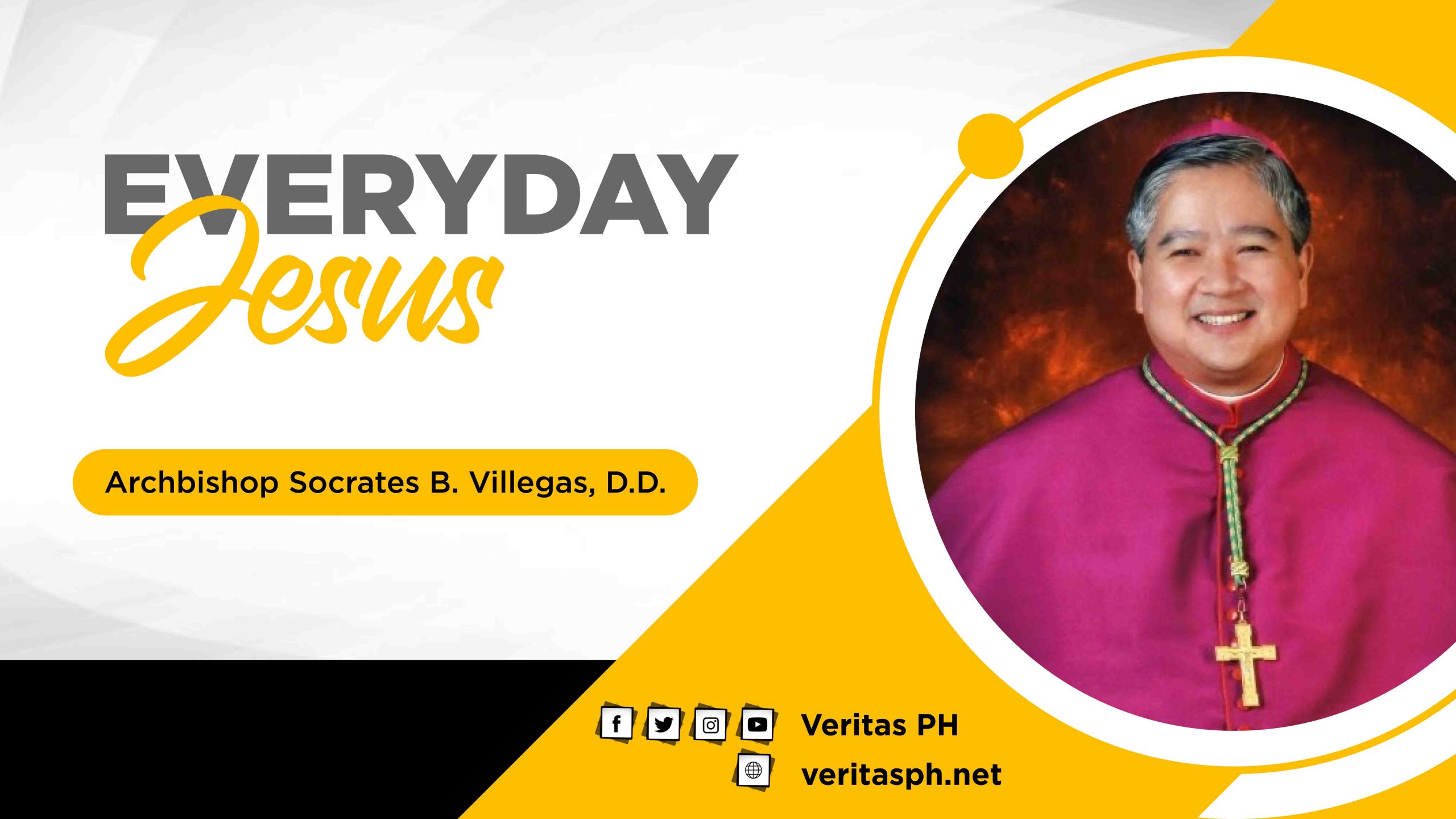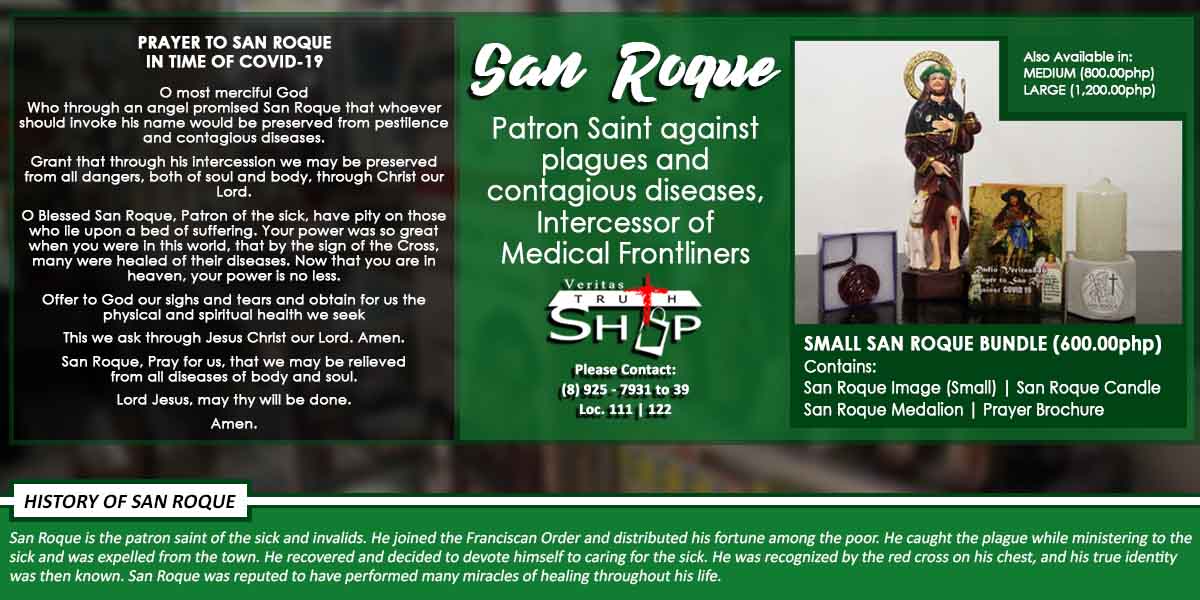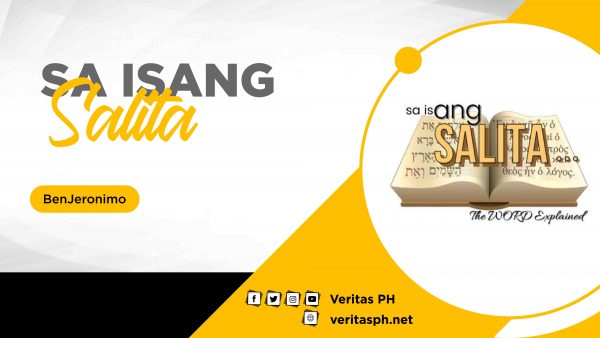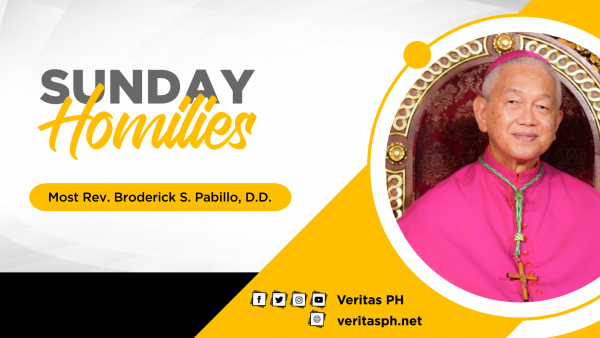329 total views
A new prayer booklet was launched recently in time for our Lenten spiritual exercises. It is the “The Way of the Cross for Priests as Prayed by Lay People.” It is an inspiring prayer companion for Lent, written by two seminary professors, Fr. Mylo Vergara, and Fr. Stud Santos.
The title of the booklet itself carries a message for the soul. It is the way of the cross of Jesus. Every station along the way is a reflection of the many phases of our Christian life. Indeed, the way of the cross is the way of life.
When we say that our life is like a prolonged way of the cross, we do not only refer to the sufferings and anguish that life brings us. Life is not all pain and sorrow. In every pain and in every hurt that life offers us, there is also a joy and a consolation coming from the Lord Himself. The cross is a blessing. The way of the cross is the way of life.
It is also the way to life.
The sign of the cross identifies us as Christians in the same way, that the Jews are identified through the star of David and the communists by the sickle and hammer. Some people make the sign of the cross very devoutly. Others do it as if they were waving off flies from their noses. If we cannot make the sign of the cross properly, how can We make the sign of the cross in our hearts? We should rejoice on the cross. Priests cannot bless without making the sign of the cross. Those who are not willing to take up the cross have no right to be blessed. In every blessing is a cross, and in every cross is a blessing.
It is the way of the cross of priests. For indeed, who should live the message of the cross first and foremost but the priests who celebrate the memorial of the dying and rising of the Lord? If the life of the priest is a way of sacrifice, then it truly should be the way of the cross.
The priesthood is a difficult life. It is no joke to live a good priesthood. I am beginning to realize what the older priests have told me way back. People do not seem to grasp the full meaning of this. All they seem to see are the superficial facets of the priest’s life. They see us laughing and smiling, and they conclude that we are happy. They see people listening to us at homilies, and they conclude that we are successful. Our superiors praise us publicly, and they conclude that we are fulfilled.
Not seldom in their lives do priests feel that they are like clowns. Priests have to hide from people their tears under a whitened, made-up face because they do not wish to add to their flock’s burden. They have to dance and jump at their beck and call, even if their legs feel broken and bruised. Many think the priest’s life is easy because he is served good food; the people are cooperative and warm; and the children who come to the priests are so lovable.
Sometimes I feel that some people seem to forget that priests are not supermen. After each busy day in the church, the priest goes to his room, alone, fondly remembering the children who can never be his own. He returns to his room, done, with no one to listen to his happy story, with no one to whom to bare his aching soul. It is so difficult. He is called to be our shepherd. Not seldom does he feel more like a lost shepherd than a good one. It is so difficult.
The priest’s life is a way of the cross.
From whom did Jesus get support and consolation? From God and from the people God has chosen to be His tools of hope. At the way of the cross, the “laity” consoled the Lord-Veronica, Simon of Cyrene, the weeping women of Jerusalem, Mary, His Mother, John, and the two Mary’s. The “traditional” religious leaders were not there. The apostles, save one, scampered away and left him.
The prayers of the lay people help the priests carry their crosses. The prayers of faith, the acts of love, the messages of hope, the words of trust these bring purpose to the priest’s way of the cross.
It is the duty of priests to pray for the people and to sacrifice for them. The people have a duty to pray with and for their priests.
THE PRIEST
Jesus In Others

















